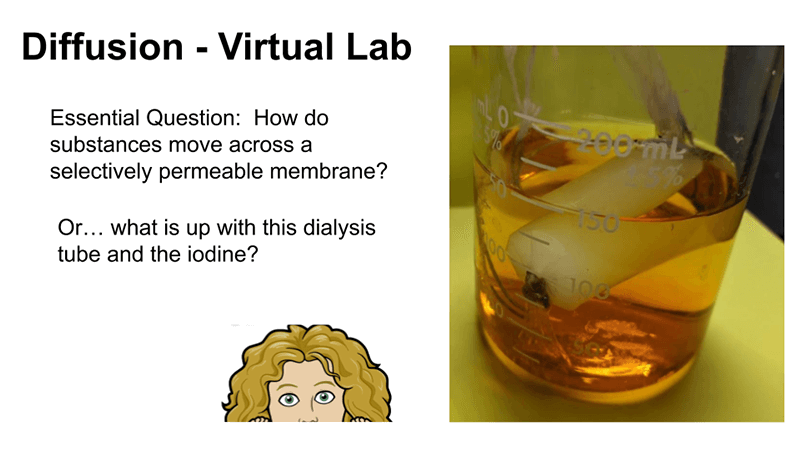Tag: lab
-
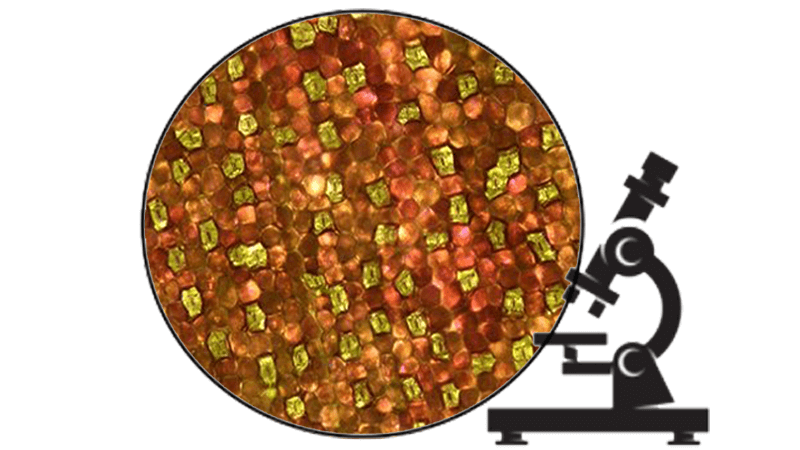
Investigation: Viewing Stomata in Zebrina Plants
View the stomata of plants with this simple activity that uses tape and fingernail polish. Great for beginning biology students!
-
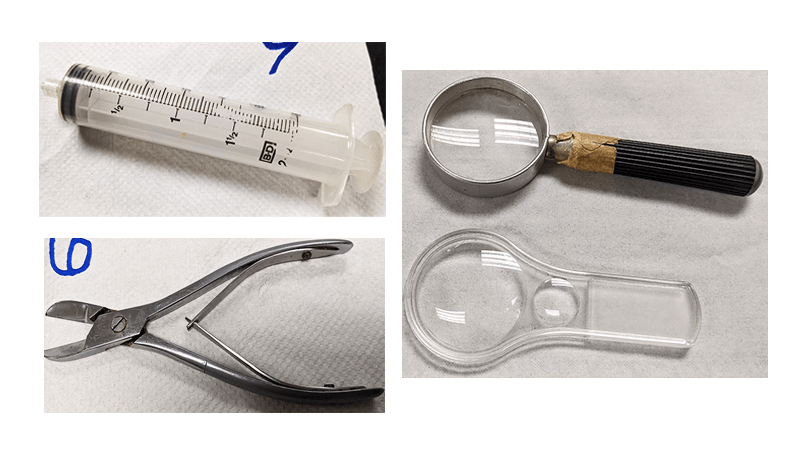
Lab Introduction – Identify Equipment and Uses
Introduce students to lab equipment with this station activity. Students examine items, like a beaker, and write down the name and functions of each.
-
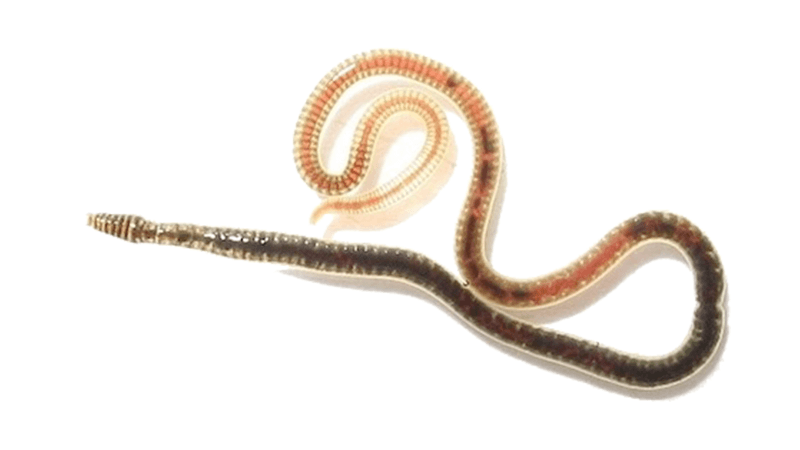
Investigation: How Chemicals Affect Pulse Rates
Students investigate the affect of chemicals, like caffeine on the circulatory system using a blackworm specimen.
-
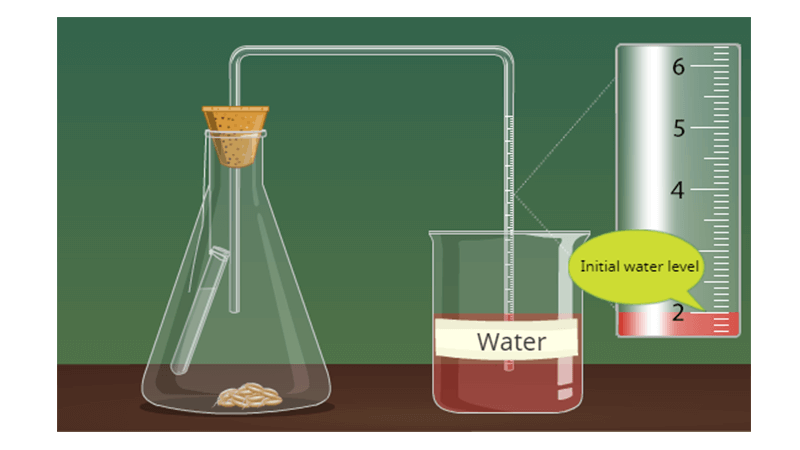
Investigation – Cellular Respiration Virtual Lab
Students complete a virtual version of the cellular respiration lab by collecting data using a simulation, where variables
-
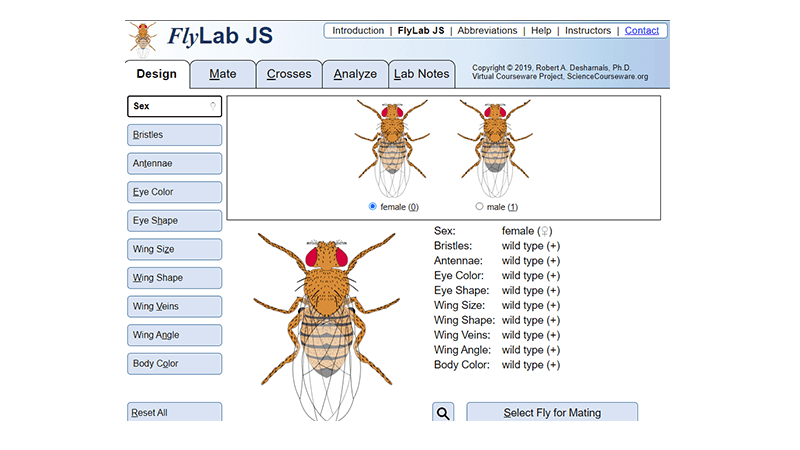
Virtual FlyLab (New!)
Virtual fruit fly genetics lab where students can explore phenotypes and genotypes of flies, design experiments, and perform chi square analysis
-
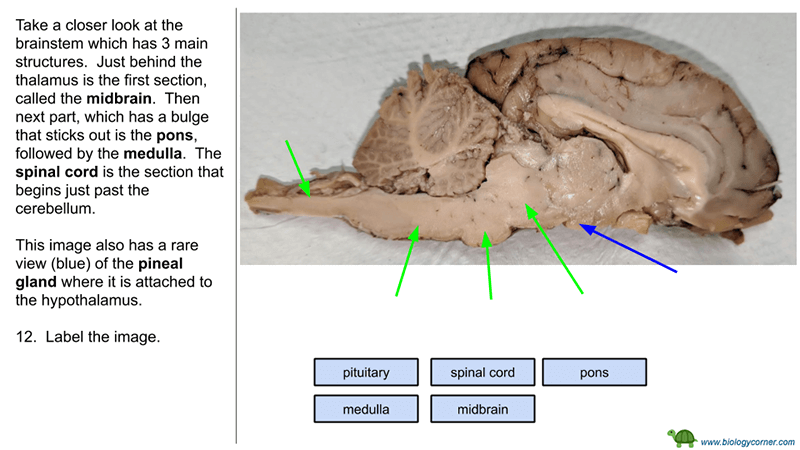
Brain Dissection – Virtual Version
Don’t have time or the resources to do a dissection in the classroom? Try this virtual version to supplement your lessons on the brain! In a traditional anatomy class, students dissect a sheep brain using the Sheep Brain Dissection Guide which walks them through identifying first external features of the brain and then internal features.…
-
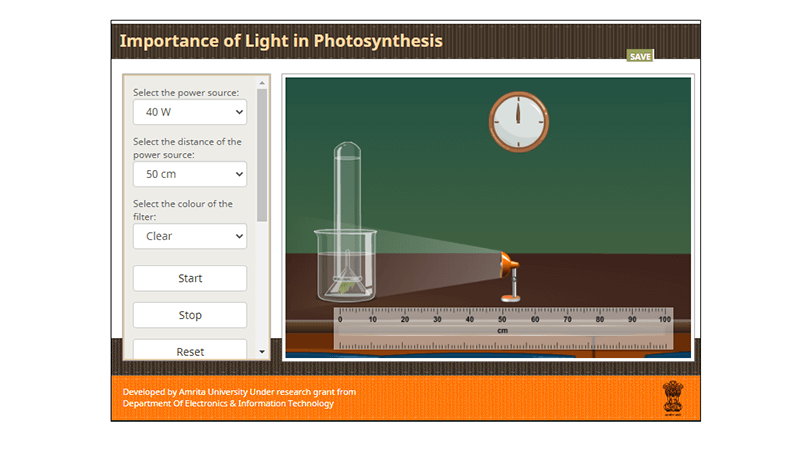
Photosynthesis Virtual Lab
This lab was created to replace the popular waterweed simulator which no longer functions because it is flash-based. In this virtual photosynthesis lab, students can manipulate the light intensity, light color, and distance from the light source. A plant is shown in a beaker and test tube which bubbles to indicate the rate of photosynthesis.…
-
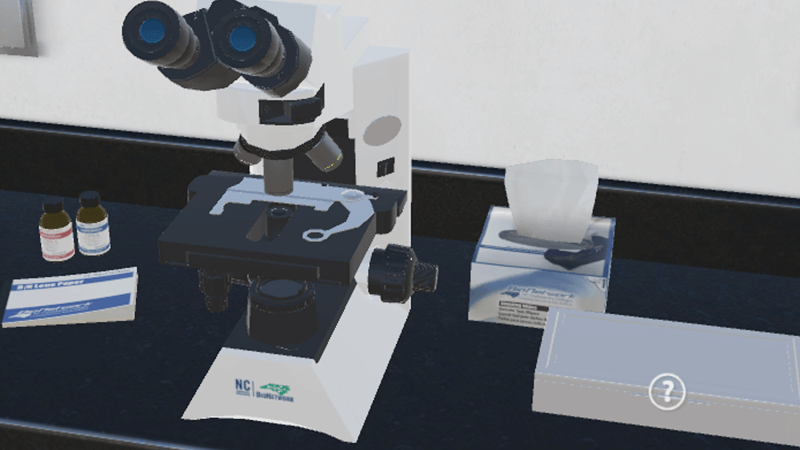
Virtual Microscope
This worksheet can be used with the Virtual Microscope where students can place specimens on a stage and use coarse and fine adjustment knobs to magnify up to 100x. Generally, I have my students practice with real microscopes, starting with a basic tutorial lab where they focus on the letter “e.” This virtual lab also…
-
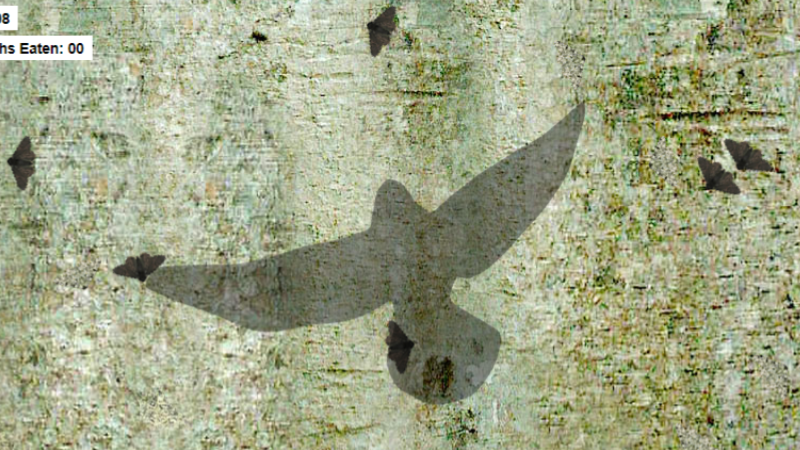
Evolution and the Peppered Moth Game
Based on experiments showing moths evolve in response to pollution. Play a game where you try to catch moths in different environments
-
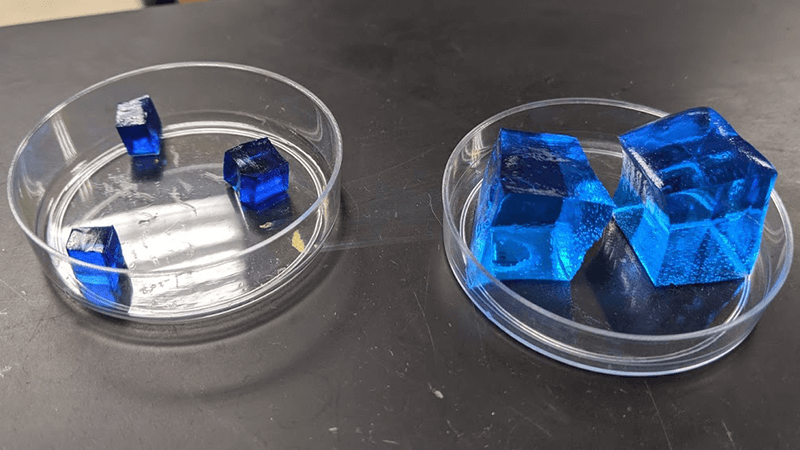
Modeling Osmosis
This basic lab uses Deco-cubes to show how they change in size when soaked in salt water, distilled water, and tap water.
-
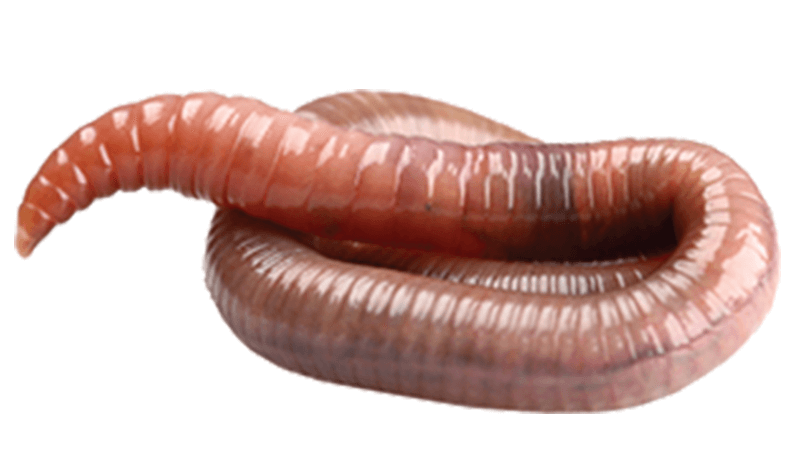
Investigation: Earthworm
This earthworm lab is a revised version of the observation lab that I have used for years. I wanted to make the lab more open-ended and include terminology within the lab instead of expecting them to know it from their notes or textbooks. Taxonomy chapters on annelids and other invertebrates are being phased out, and…
-
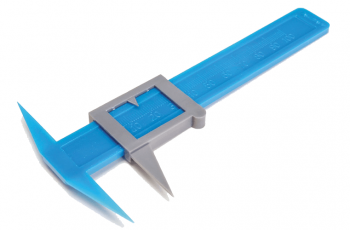
Explore the Senses
Students rotate between 6 stations where they perform tasks to perform related to the senses, such as two point discrimination and reaction time.
-
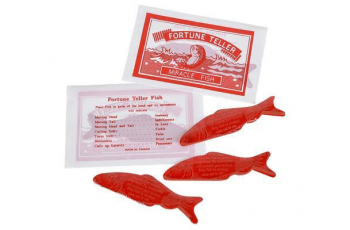
Fortune Telling Fish
This activity is perfect for a first day or as an introduction to the scientific method. Though there isn’t quite as much cooperation as the “Saving Sam” activity, the fortune telling fish allows students to explore the nature of science together. The handout linked can be given to students, or you can also project them…
-
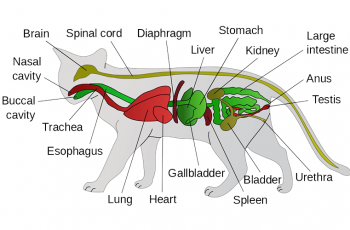
Complete Cat Dissection Student Guide
Cat dissection manual for anatomy and physiology students. A cat dissection is not usually performed in biology and reserved for upper level anatomy or college students. My anatomy class is only available for juniors and seniors. Some students may have ethical issues with dissections, and I refer them to an alternate version for the dissection…


